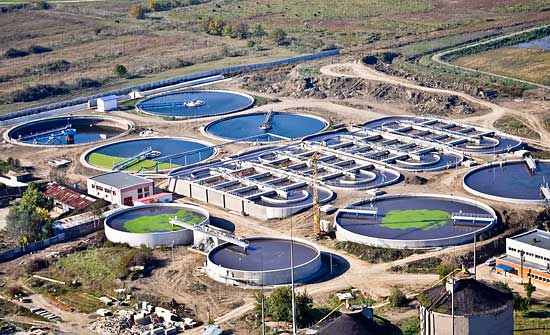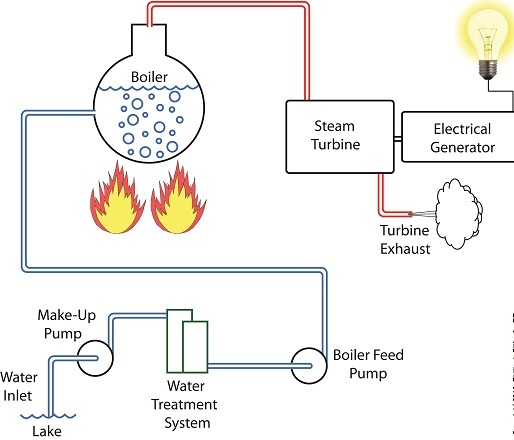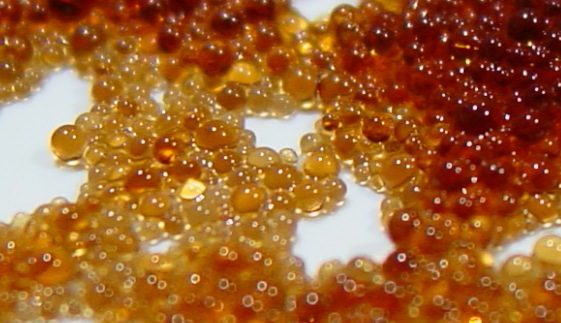


Municipal waste water is a term applied to the effluents which
are drained by sewerage systems and are treated in sewage treatment
works. According to the definition given by the International Public
Health Organization, municipal waters are spent waters flowing from
settlements and represent water-borne domestic refuse and pollutants
from houses, and commercial and industrial premises as well as
surface and ground waters that have entered the sewerage system.
Depending on the origin, type and quality characteristics of the
contaminants, waste waters can be subdivided into three
categories—domestic, industrial and run-off (atmospheric).
Traditionally the treatment of municipal waste waters is a
combination of physical and biological processes. The overall scheme
of treatment usually includes three main stages:
(1) physical separation;
(2) biological treatment; and,
(3) tertiary polishing, which may be accomplished by physical,
physico-chemical or biological methods or some combination of these.
The minimum treatment usually consists of physical and biological
processes, although physico-chemical techniques may also be used in
municipal works. The latter have been widely adopted for some time
and the results are not necessarily inferior to biological treatment
in terms of efficiency. Tertiary polishing of municipal wastes may
be carried out after either biological or physico-chemical
treatment. Any one of a variety of methods may be selected,
depending on the subsequent use of the fully treated municipal
effluent.

Search for alternative water resources is urgent for any regions of the world. Desalinated sea water and polished municipal waste waters are successfully used world-wide for technical water supplies. Whereas city waste waters are more universal water resources since they can be used both at coastal and inland industries. Thermal power stations and large boiler houses are the standouts among the energy industries. Transferring them to feeds derived from treated municipal waste waters can significantly relieve the stressed water supply balance in many cities. However, municipal waste waters, even after complete biological and tertiary treatment at municipal sewage treatment works, remain contaminated with characteristic impurities such as dissolved organic substances, compounds of ammoniacal and organic nitrogen, surfactants and others. For thermal power stations and boiler houses residual concentration of dissolved organic matter (DOM) poses threat. At thermal power stations operating at high and supercritical pressure, DOM is capable of deteriorating the operating parameters of anion-exchange filters. Residual concentration of DOM, after the deionization process, may cause the problems of the water-chemical regimes of steam generators and turbines. The entrainment of DOM in boiler water can cause foaming and carry-over of water particles into the steam outlet. We have dealt with the problems outlined above along with other issues with respect to the use of urban waste waters at thermal and nuclear power stations. We have developed technologies suitable for converting conventional and atomic power stations to feeds derived from treated municipal waste waters. Quality of the polished effluent, drawn from town works, typically does not meet the requirements for water use at power stations. We have developed several different types of final tertiary treatment depending on the destination of the water (e.g. cooling system, primary cycle or heating system).

We have provided consulting services to such water consuming
industries as power generation, ferrous and nonferrous metal
refining, and chemical, petrochemical, oil refining, and pulp and
paper. These projects were focused on preventing pollution by
wastewater by constructing closed systems in industrial plants based
on the following principles: the need for an all-embracing water
economy, including water supply, drainage and the treatment of
wastes; the main use of treated industrial and municipal waste
waters and surface drainage; regenerating spent process liquors and
other waters in local treatment works; extracting and recovering
valuable components during the processes of effluent treatment.
Treating industrial wastewaters, in preference to discharging them
into municipal sewers was challenging for these industries.
We have designed twin drainage systems for oil refineries to handle
the various effluent and waste water streams. The primary drainage
systems were used for draining and treating storm water and general
industrial waste waters. The secondary systems were for draining and
treating emulsions and chemically polluted wastes. These contained
oil products, sulfur-bearing compounds, alkalis, salts and various
other organic and inorganic reagents. We also provided consulting
services to synthetic rubber, isoprene (produced by both
condensation of isobutylene with formaldehyde and two-stage
dehydration methods) and synthetic fatty acids manufacturers. We
developed new multistage treatment schemes. This included a novel
first stage where volatile organic components were neutralized with
alkali, extracted and distilled. In the second stage the high
molecular weight compounds were rectified. Finally, the effluent
passed through a biological treatment process. Volatile hydrocarbons
and organic compounds, which are largely unaffected by biochemical
oxidation, were treated by sedimentation, treatment with ferrous
sulfide and lime, and sorption on activated carbon. After this, the
partially treated liquors were sent on for biological processing
together with the other, less polluted, wastes from the mills.
Treatment alternatives of the acidic waste waters from fatty acid
production included extraction, ion exchange, adsorption and/or
azeotropic and extractive rectification. The sodium sulfate was
recovered from the sulfate wastes by recrystallization in spray
dryers, amongst other processes. Granulated sodium sulfate was
produced, containing 90% of the primary material. The fatty acids
and aldehydes present underwent biological treatment as the final
stage of processing.